Table of Contents
- How Many Fed Rate Cuts In 2025 - Zoya Maeve
- Fed Rate Cuts 2024 Dates - Fredia Violet
- Federal Reserve rate cut seen in Q2 of 2024 | Forexlive
- Fed leaves rates unchanged, sees only one 2024 cut despite inflation ...
- Fed Rate Cut Projections 2024 - Eryn Odilia
- When Will the Fed Cut Rates in 2024? Here's What Forecasts Say
- Here's when the Fed might start cutting interest rates | wltx.com
- Will 2024 be the year for rate cuts?
- Federal Reserve Rate Cuts 2024 Map - Tally Felicity
- Why Would The Fed Cut Rates in 2024?


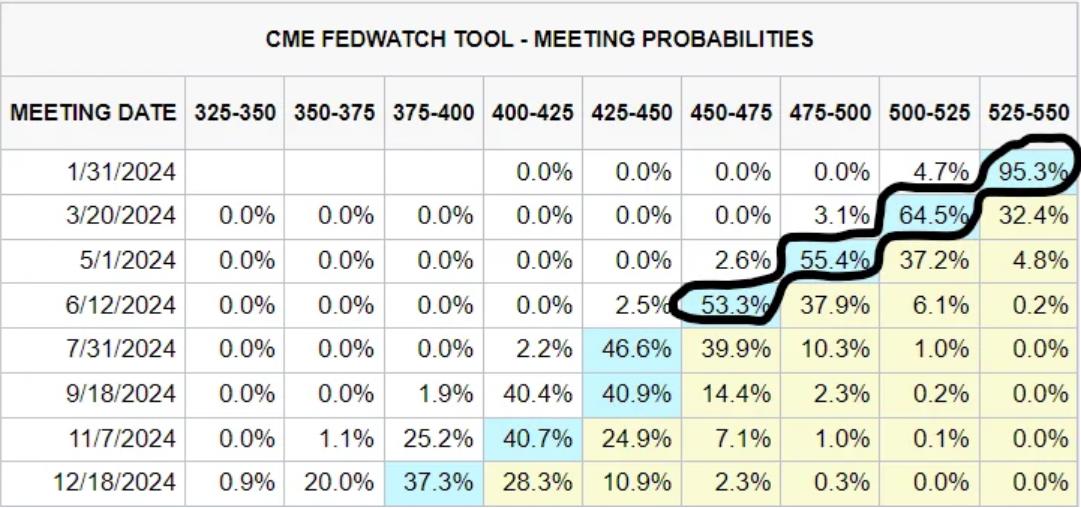
Historical Context: 1954-2020
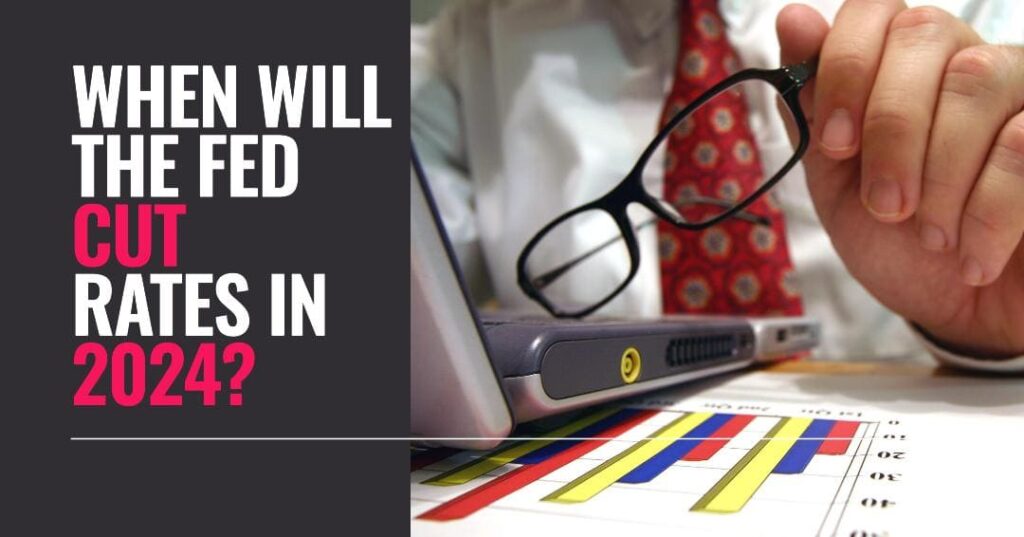
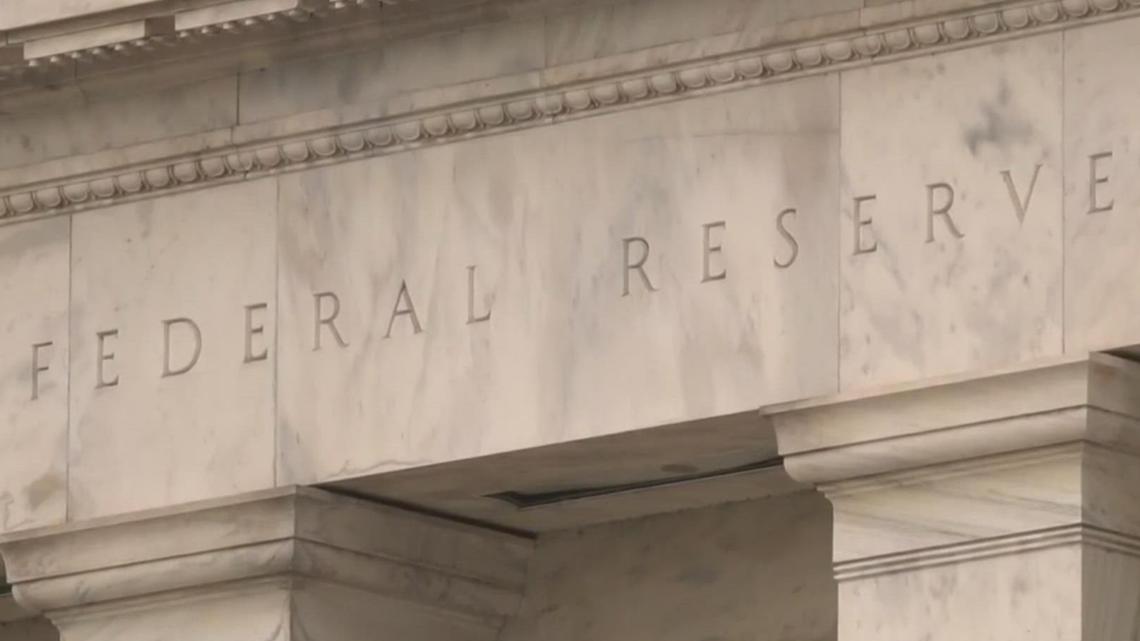

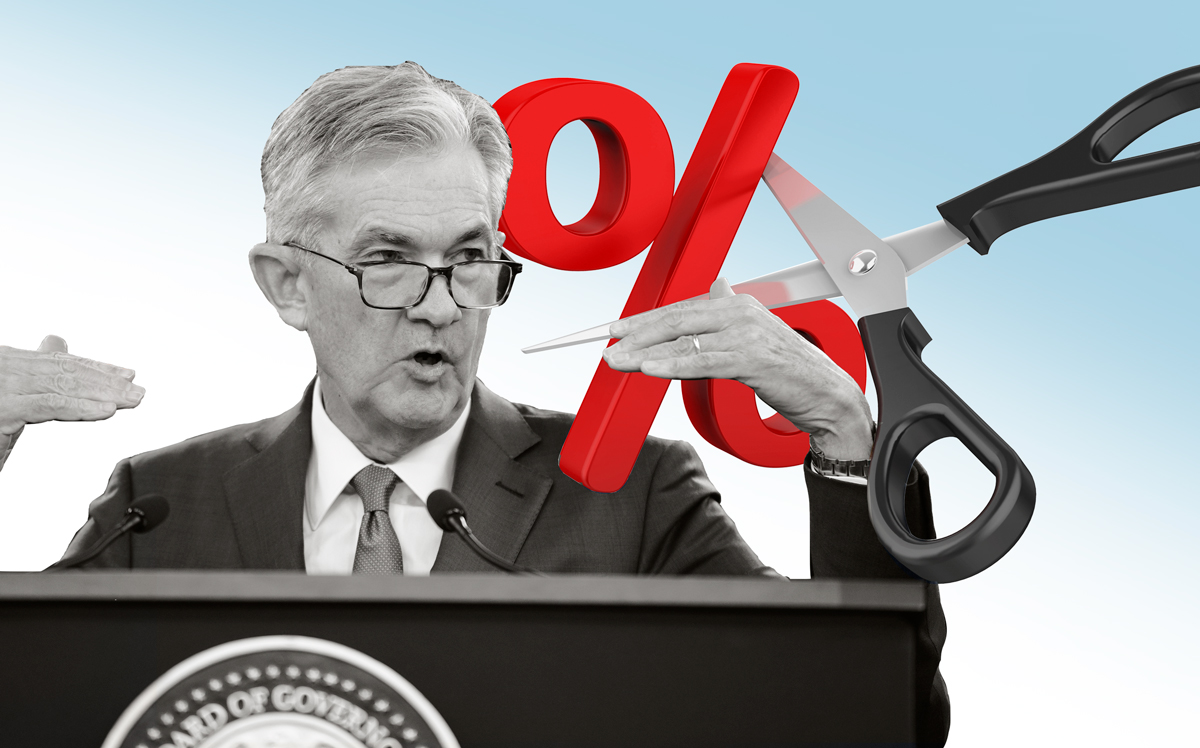
Future Projections: 2020-2025
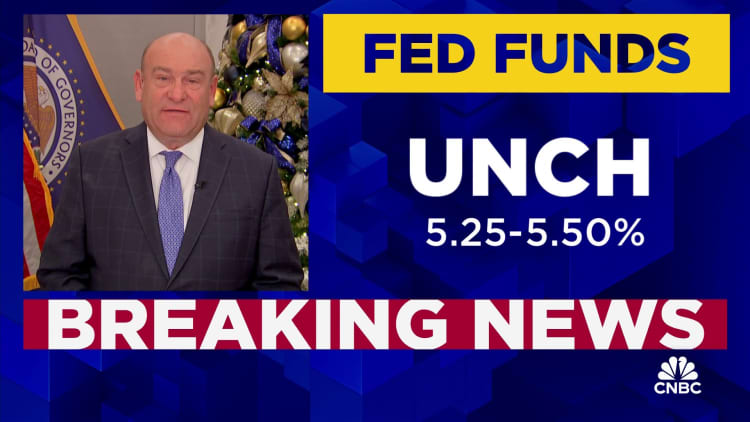


Implications and Impact
The U.S. federal funds rate has far-reaching implications for the economy, affecting: Borrowing costs: Higher federal funds rates increase borrowing costs for consumers and businesses, which can slow down economic growth. Consumer spending: Changes in the federal funds rate influence consumer spending, as higher rates can reduce disposable income and lower rates can increase spending power. Business investment: The federal funds rate affects business investment decisions, as higher rates can make borrowing more expensive and lower rates can stimulate investment. In conclusion, the U.S. federal funds rate has experienced significant fluctuations over the past six decades, and its future projections indicate a continued upward trend. Understanding the historical context and potential implications of the federal funds rate is crucial for investors, businesses, and policymakers. As the economy continues to evolve, it is essential to monitor the federal funds rate and its impact on the economy, to make informed decisions and navigate the complexities of the financial landscape.Source: Statista - U.S. federal funds rate from 1954 to 2025
Note: The article is based on data from Statista and is subject to change based on new data releases and updates.